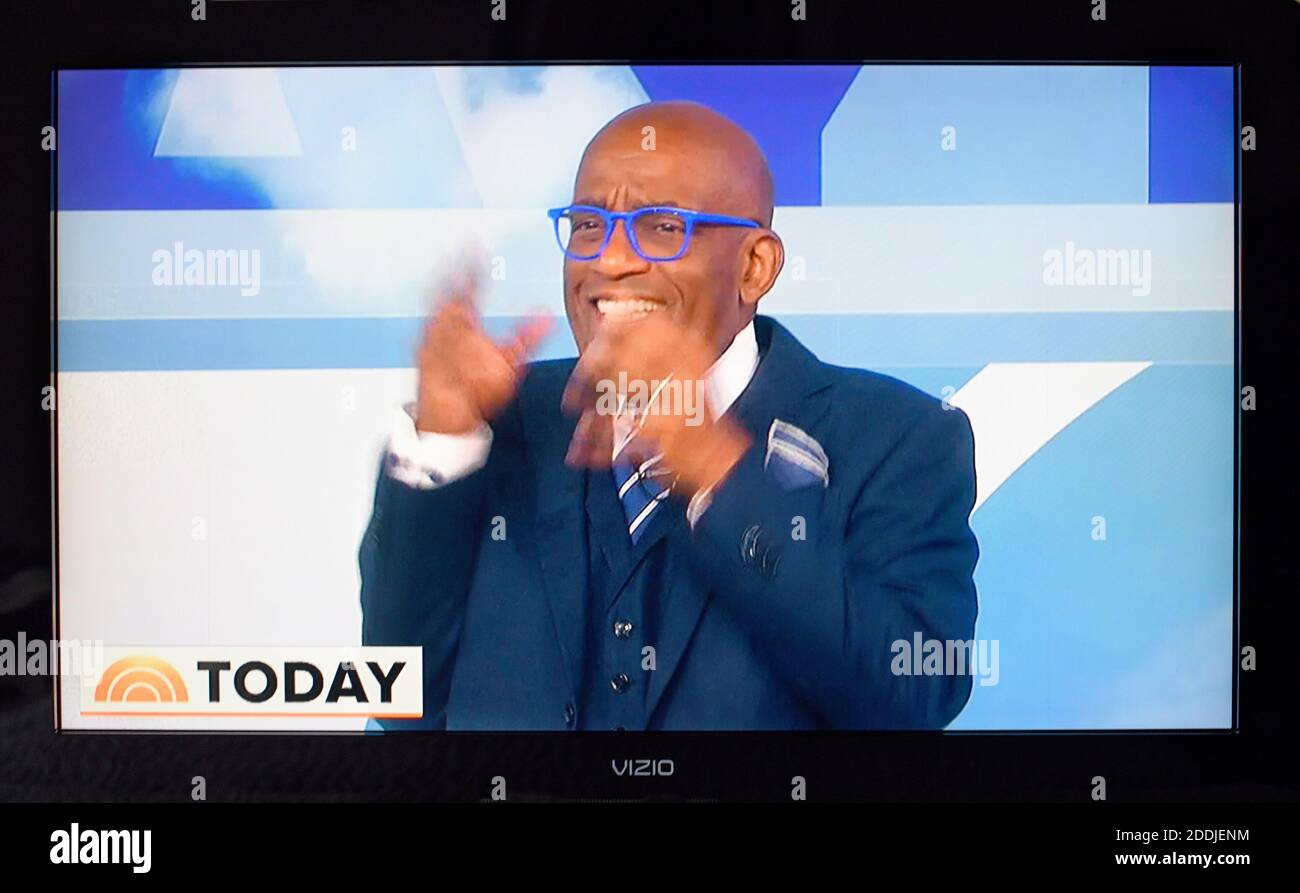
As part of the deal (which involved CBS gaining affiliations with two Group W-owned stations in Boston ( WBZ-TV, channel 4) and Baltimore (WJZ-TV, channel 13)), the network moved its programming from its owned-and-operated station in Philadelphia, WCAU-TV (channel 10), to Westinghouse's KYW-TV (channel 3). ABC affiliation Īlthough KMGH had been one of CBS' stronger affiliates, the station would end up disaffiliating from the network due to a series of events that were set in motion as a result of CBS' partnership with the Westinghouse Electric Corporation in July 1994 (and the network's eventual merger with that company in August 1995). A new management team introduced in 1991 turned things around at KMGH net profit soared 105.5% in 1992 as a result. The 1990s did not begin well for KMGH the station saw significant overall financial losses in 19, as well as a decrease in viewership for its local newscasts. WFBM-TV (channel 6, now WRTV) in Indianapolis, KERO-TV in Bakersfield, and KOGO-TV (channel 10, now KGTV) in San Diego were retained by McGraw-Hill, along with KLZ-TV, which subsequently changed its call letters to KMGH-TV, in order to comply with a now-repealed FCC rule in place then that forbade TV and radio stations in the same market, but with different ownership from sharing the same callsigns. By the time the sale was finalized in June 1972, the purchase price for the entire group was just over $57 million. Time-Life would later purchase WOTV (channel 8, now WOOD-TV) in Grand Rapids in the final deal. In order to comply with the Federal Communications Commission's new restrictions on concentration of media ownership that went into effect shortly afterward, McGraw-Hill was required to sell the KLZ radio stations as well as their sister radio properties in Indianapolis, San Diego, and Grand Rapids to other companies. Time-Life sold the station to McGraw-Hill in late October 1970, in a group deal that also involved the company's other radio and television combinations in Indianapolis, San Diego, and Grand Rapids and KERO-TV (channel 23) in Bakersfield, California. The taping of a religious public affairs program at the station in 1968. Channel 7 moved to its present studio facilities, an eight-sided, five-story building called "The Communications Center," on the intersection of Speer Boulevard and Lincoln Street in 1969. The station's original studio facilities were housed in a renovated former auto dealership on the east side of the block at East 6th Avenue and Sherman Street. In 1954, Gaylord sold the KLZ television and radio stations to Time-Life. KLZ-TV immediately took the CBS affiliation from KBTV (channel 9, now KUSA), owing to KLZ radio's longtime affiliation with the CBS Radio Network. Gaylord), which also owned KLZ radio ( 560 AM and 106.7 FM, now KWBL). It was founded by the Oklahoma City-based Oklahoma Publishing Company (operated by Edward K. The station first signed on the air on November 1, 1953, as KLZ-TV.

He now preforms his famous tornado dance virtually.History As a CBS affiliate Pre-pandemic, Nelson often does school visits to teach kids about weather. "We know that the increase that we're seeing is not from any other source than from the burning of fossil fuels," Nelson said, because CO2 has a chemical signature like a fingerprint, and scientists can determine where it came from. 3 - "It's Us: The Global Flood of Human CO2." The book is broken down into 10 facts, like No.

"Our goal with my two co-authors, Pieter Tans from and Michael Banks, who is a local environmental writer, was to create something that would be a quick read, but give you important facts." "Most people are not going to spend the time to read a textbook about climate change," Nelson said. At just under 20 pages of text, Denver7 News chief meteorologist Mike Nelson's new book, "The World's Littlest Book On Climate: 10 Facts in 10 Minutes about CO2," feels more like a pamphlet.


 0 kommentar(er)
0 kommentar(er)
